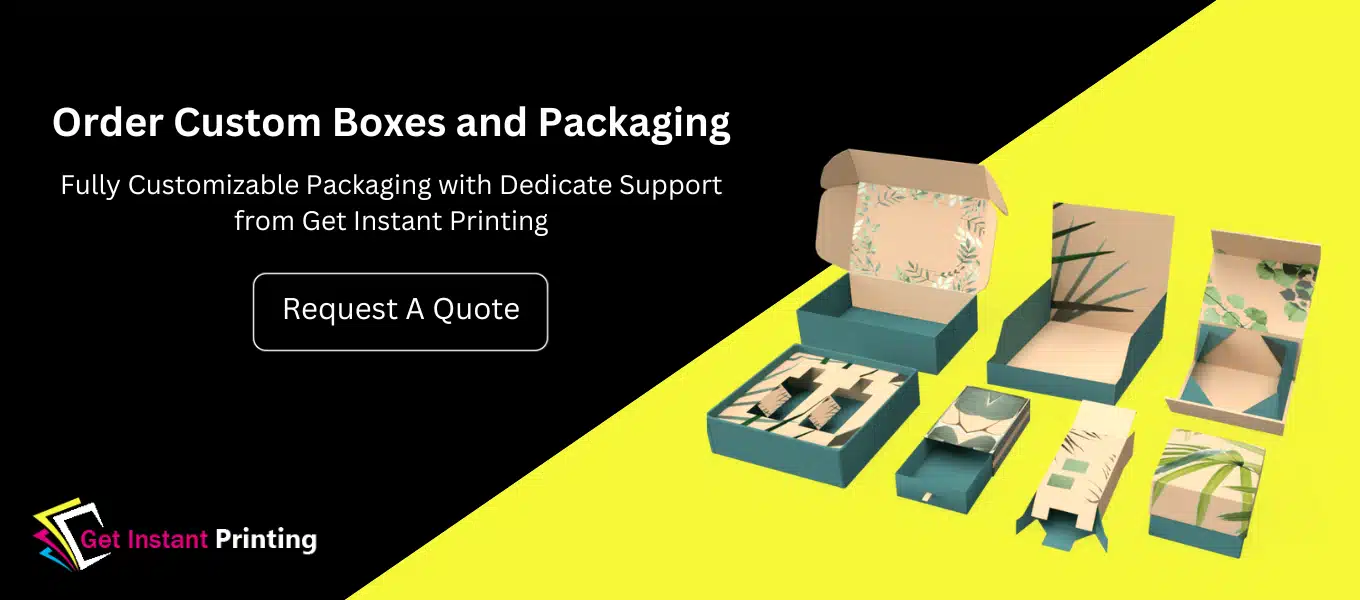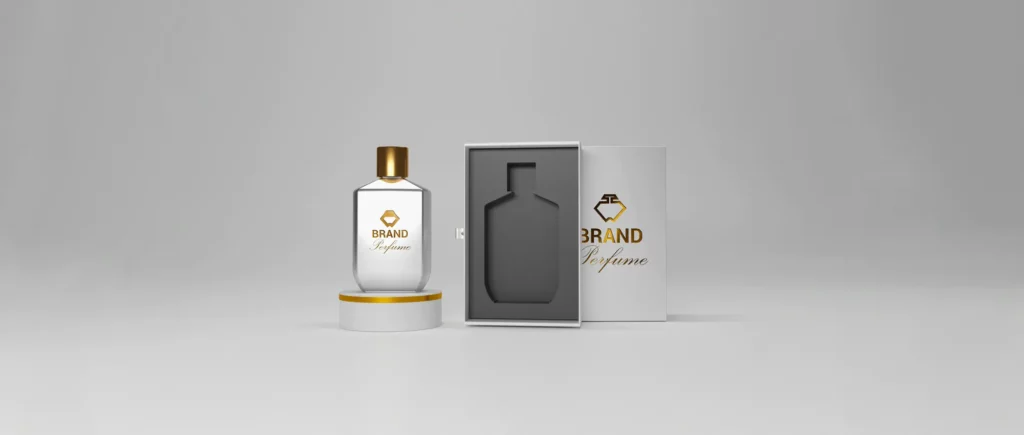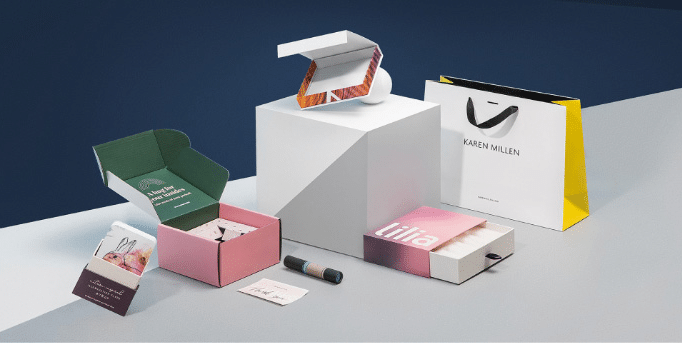In our contemporary world, we always strive to achieve something great. Packaging is one of those fields in which sustainability is utterly required. Sustainable packaging design can only be completed when we take a stand. Packaging is increasing with the passage of time.
Biodegradable Bubble Wrap
Bubble wraps made from biodegradable materials, such as plant-based plastics or compostable films, can break down naturally in the environment. Sustainable packaging ideas like this are receiving a lot of acknowledgment. However, this is not only viable but also a practical kind of approach. We live on this planet, and we have to protect it and make this habitat live for a more extended period. Moreover, this can only be done with the help of a good packaging company. Get Instant Printing is one of those companies that are reliable and storming the industry with their expertise.
Edible Packaging
Packaging materials are made from edible substances, such as seaweed or starch-based films, which can be consumed with the product or quickly composted. These are multi-functional; you can eat them or either through them away. These kinds of packaging do not affect our environment in any way. However traditional packaging does a lot of damage to our planet, but we can cope with the help of Sustainable Packaging Design
Minimalist Design
Simplified packaging designs reduce the use of materials and excess packaging, focusing on the essential elements while protecting the product. Sustainable Packaging Design can not only be achieved with the help of sustainable materials but also with the help of minimalistic design. However, you must be wondering what are the things that you can do for it to make it viable. For instance, you do not add anything inside or over the packaging. You must choose good quality package filler ideas to balance quality and safety.
Recycled Paperboard
Packaging made from recycled paper or paperboard materials reduces the demand for virgin materials and promotes the circular economy. Packaging filler ideas made up of recycled materials are best for the world. We have to create a natural habitat for living for our children.
Plantable Packaging
Packaging embedded with seeds allows consumers to plant the packaging after use and grow plants, creating a positive environmental impact. Moreover, if we talk about this in more detail, we can say that you can even raise any kind of plant using this packaging.
Compostable Bags
Bags made from compostable materials, like cornstarch or cellulose, can be disposed of in organic waste streams and broken down into natural elements. What could be better than this if you are not harming mother nature with your actions? The compostable bags are best for one or two-time use.
Reusable Containers
Durable and reusable packaging containers, such as glass jars or stainless steel tins, can be refilled or repurposed, reducing waste and promoting a circular economy. Pr packages ideas can be done on this base. The influencers sometimes think that they should carry these containers with them. However, these reusable bags will help you in your free promotion for a long time at no additional cost.
Sustainable Labels and Inks
Use eco-friendly label materials, such as recycled paper or soy-based inks, with a lower environmental impact than traditional printing methods. However, in some instances, we can only switch to partially sustainable materials or resources and choose less harmful materials or resources.
Pulp Molded Packaging
Packaging from molded pulp derived from recycled paper or agricultural waste offers a protective and biodegradable alternative to traditional foam or plastic packaging. If you are looking for eco-friendly soap packaging ideas, these pulp-molded packaging boxes are great for you. They fix inside the shape, and the form does not let them get damaged. Soap and many more commodities are like this that are vulnerable to falls and tosses.
Transparent Packaging
Transparent packaging materials, like compostable cellophane or recycled plastic, allow consumers to see the product while providing protection and reducing the need for additional packaging inserts. These transparent kinds of packaging are super good and look premium if we design them with expertise. Eco-friendly cookie packaging is one of the examples of it.
Conclusion
We can say that the future that we plan to live in the future is now. If we are not going to think about it, we are going to compromise our planet and way of living. Sustainable Packaging Design is best if you want to save the world and support the cause. We at Get Instant Printing are helping people around the world to move towards sustainable packaging for all their businesses. We have a professional team of packaging designers that are going to help you throughout the process.















